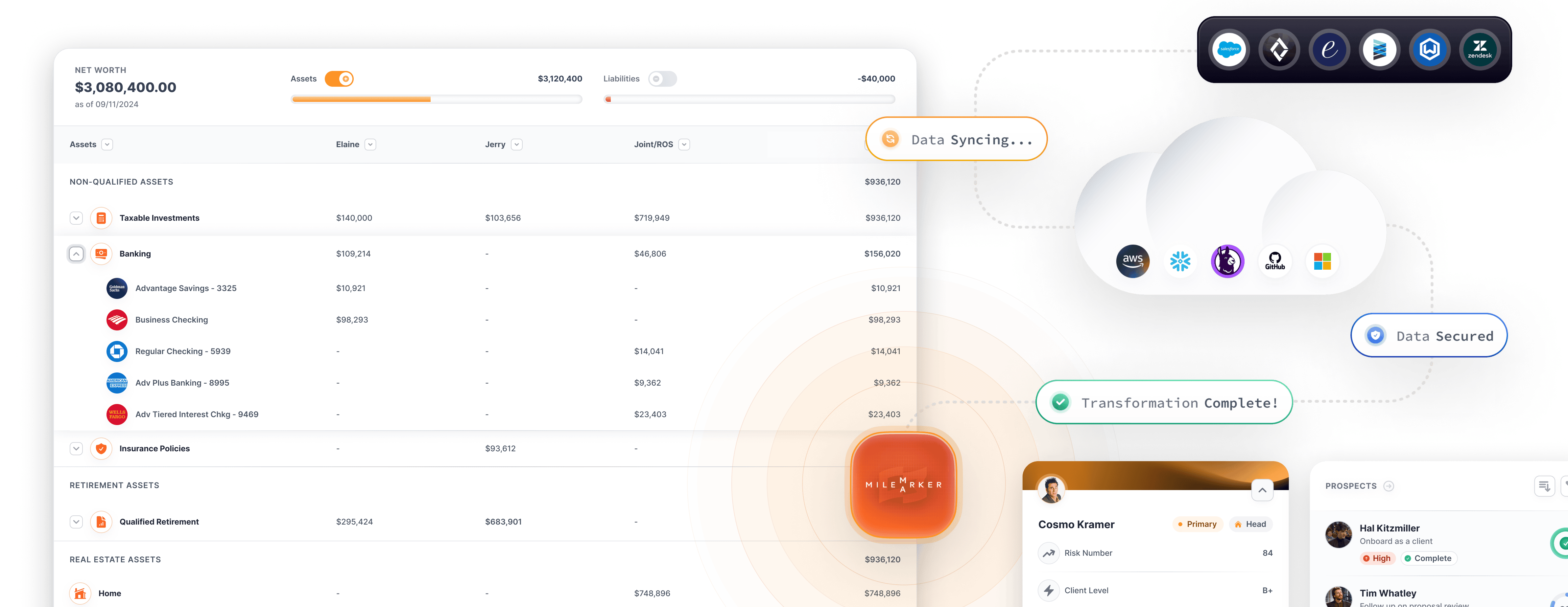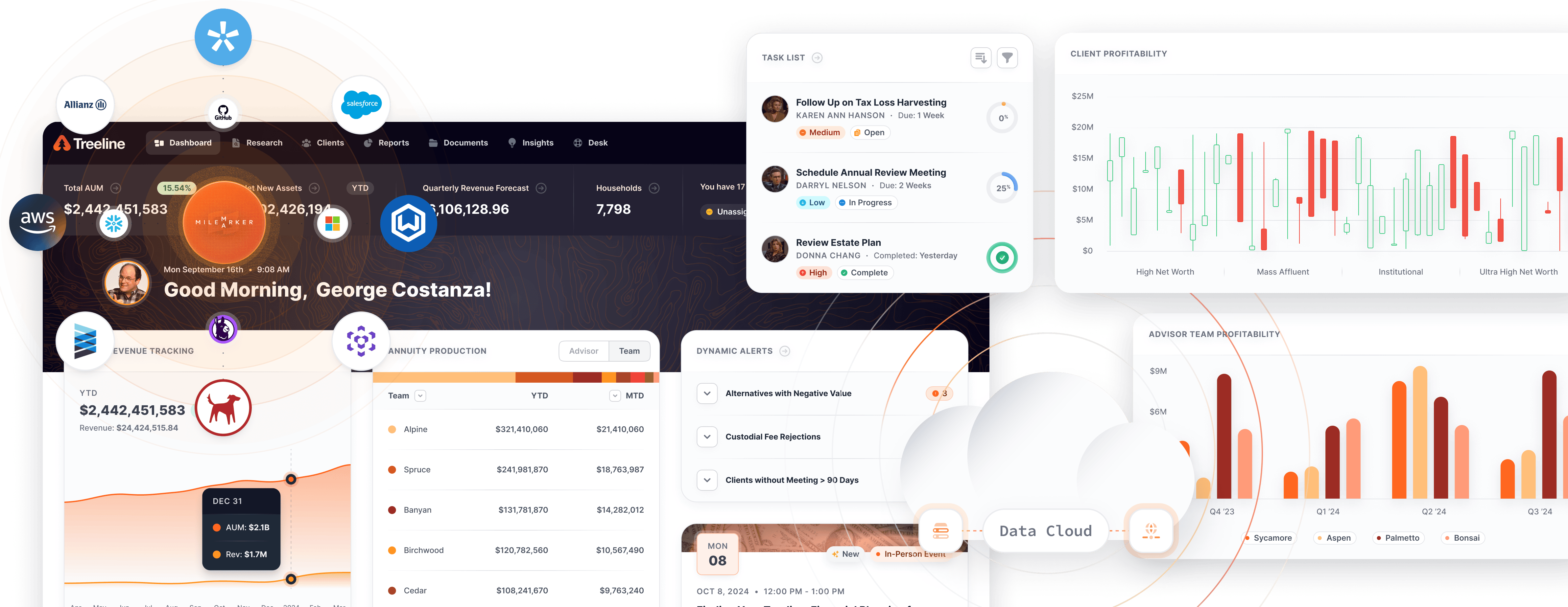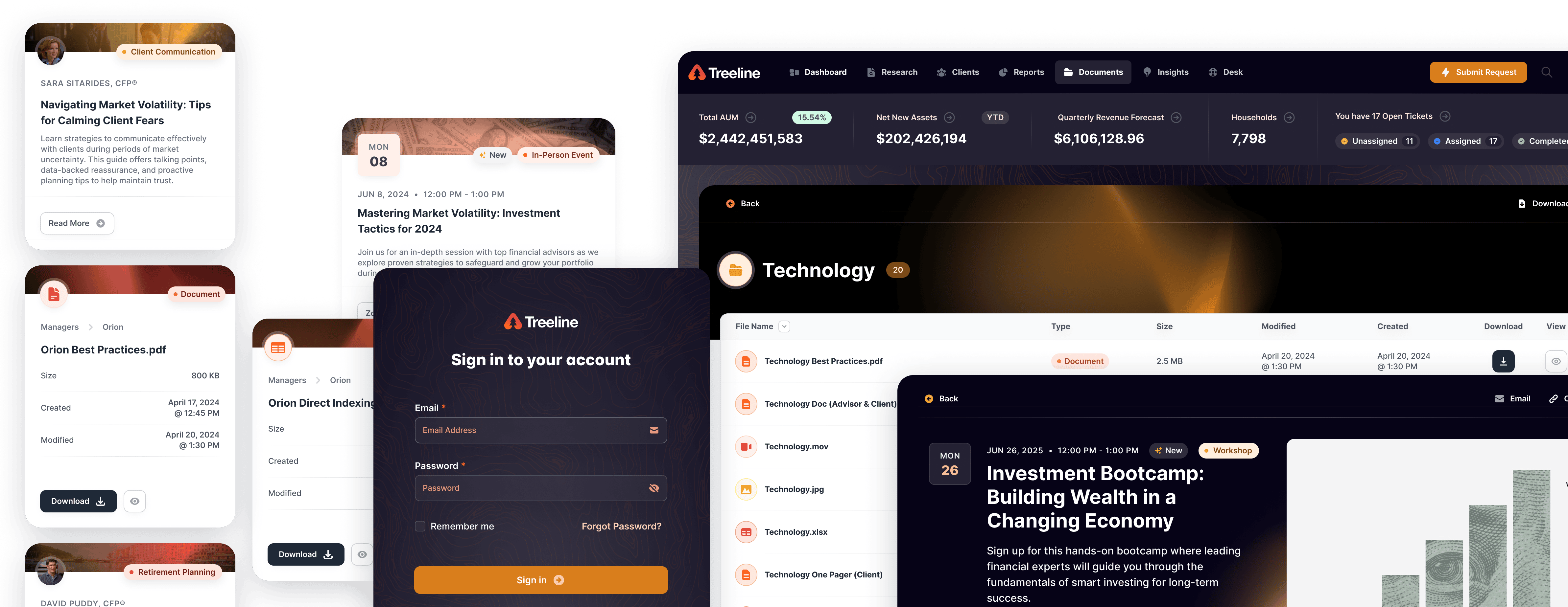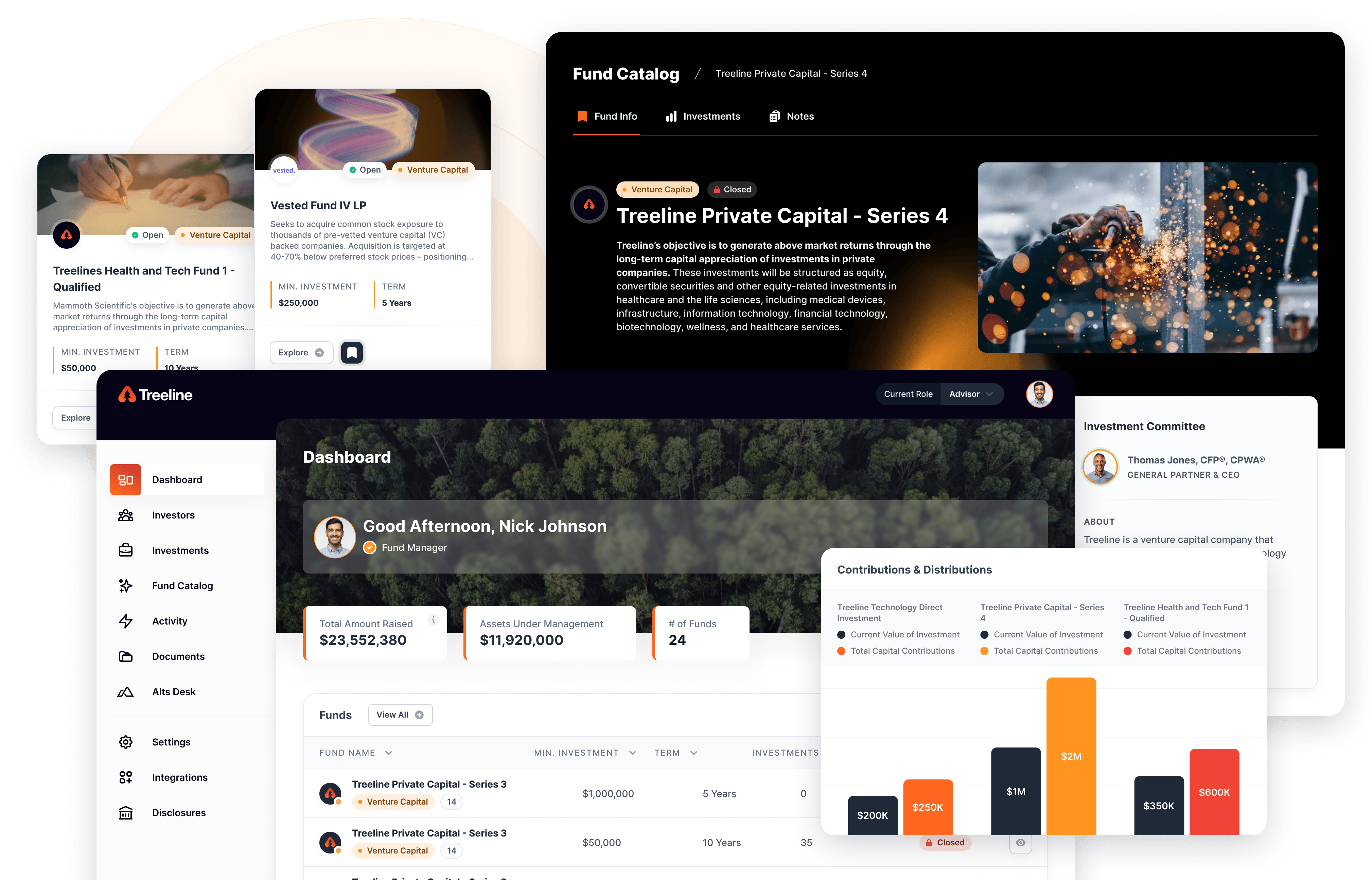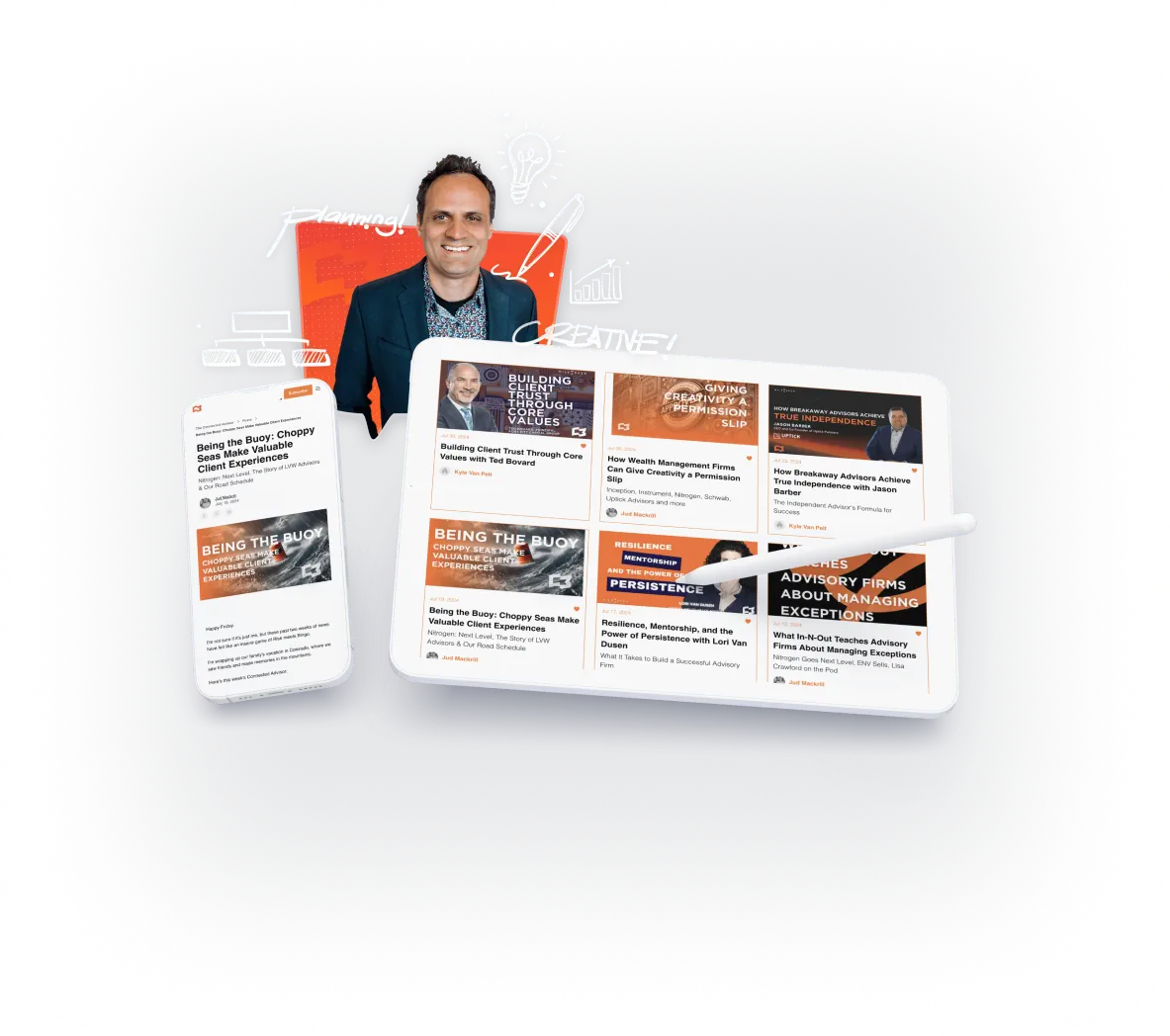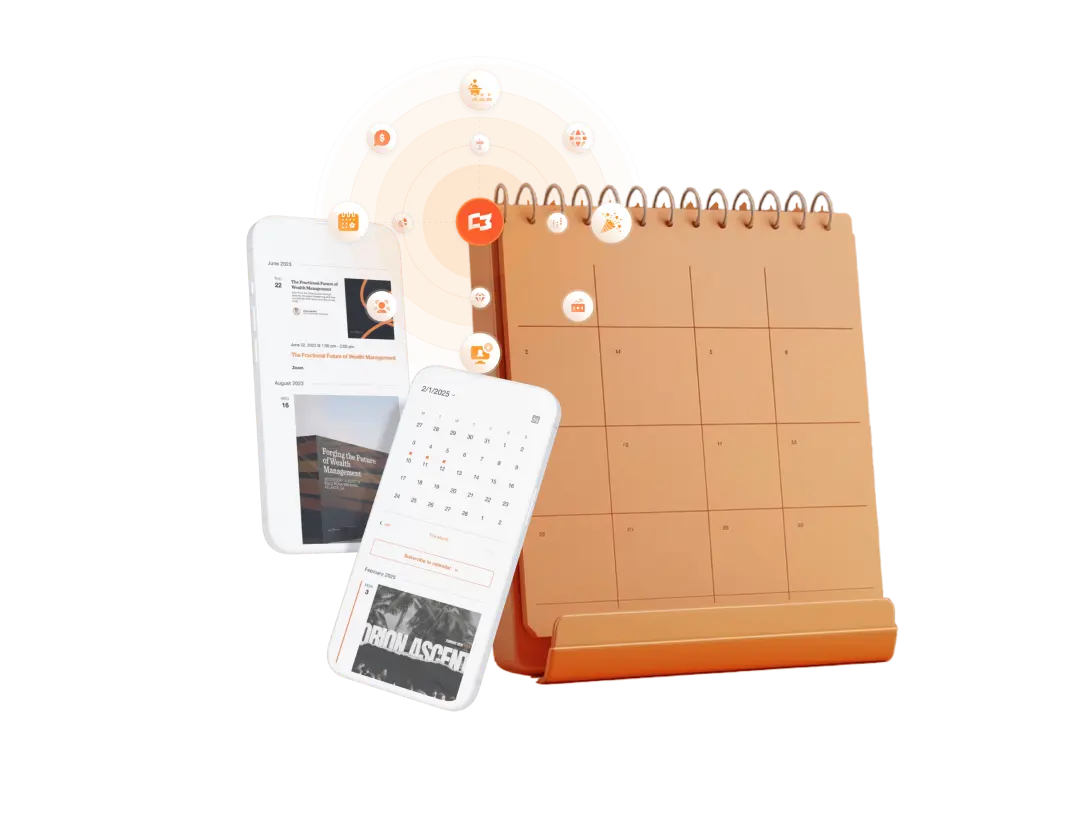TL;DR – Your disparate systems can make beautiful music together and give your firm the edge it needs to reach your top valuation.
My oldest daughter switched from piano to the flute this year. Originally practicing at home, via Zoom, she learned how to position her fingers and how to adjust her embouchure. She learned the short songs and was doing okay making progress.
Then she went to in-person classes.
Band was a completely different experience. Suddenly her time practicing at home had one very important difference. She was tapping her foot. Why? Because she learned the value of synchronization.
When Broker Dealers, Advisor Platforms, TAMPs and aggregating RIAs pull in new firms they face this same situation. Advisors have often been off playing their own tunes, making their own kind of music, singing their own special songs.
Bringing their unique sound into your firm and finding a way to harmonize means you have to get your data in sync. There is literally no way the business can reach top valuation, move forward and grow in excellence without commonality.
Definition
So, what exactly is data synchronization? Why is it important, and how should you implement it in your business?
Data synchronization is the process of consolidating information across different sources and softwares, to bring your disparate data that sits in different systems to consistency. The process has to include a process that accounts for existing data and the new data that will be added in the future.
Your business and the firms you serve collect and handle data through dozens of different applications. As the information comes in from many different sources, it is normal for your databases to become disorganized and filled with error if they aren’t talking to one another.
Here’s what happens when you have different firms doing different things in the same organization:
- Your data silos grow.
- Your tools house conflicting and/or duplicate data.
- Your data becomes outdated and loses credibility.
- You have tons of data but you can’t use much of it to make decisions.
- Your internal teams struggle to collaborate or communicate with each other.
- Your advisor-client facing support teams don’t fully know what’s happening with a client, causing repetition and mistakes.
- Your team spends too much time searching for the data to report to you.
- Your reports are inaccurate.
- You make the wrong decisions because you don’t know what’s really happening.
The sixth grade band makes a lot more noise than the eighth grade band because they’re struggling to play together. Once they get in sync though, it’s actually pretty enjoyable to listen to them play. Your business processes might sound like noise right now, but it’s possible to get a clear view of each aspect of the business, create reliable and actionable reports, make data driven decisions, communicate transparently, and align your departments towards common goals.
Data Synchronization vs. Data Integration
We’re always talking data around here, so what’s the difference between data integration and synchronization?
They’re not exactly synonymous.
Data integration means combining two or more pieces of software so that they’re working in tandem. Synchronization is a subset of integration in which data is kept consistent between different databases.
The goal of integration is to reach synchronization which has the power to keep databases on the same page, for as long as you run the business.
Not all of your integrations need to be kept in real time synchronization, but your mission critical applications absolutely need it.

What About Data Pushes
A data push – where an integration shoves data, let’s say, from your planning software into your CRM, saves you from re-keying similar information in two places.
Data syncing, on the other hand, is about mirroring those changes in real time. Data syncs facilitate bi-directional information exchanges. Pushes only work one way. You can create a sync by creating a central database that holds the information in separate pushes.
Another important difference is that synchronization creates a path for historical data that existed before you established the sync. The tool can scan your databases during its set up sync and send data from one app into another to make sure they’re both equal. Whereas data pushes only work for data created after the job is established. A push only looks forward.
Pushes become difficult to manage because you may have them working separately from one another, possibly even canceling out new work. When you create data synchronization through a tool or logic, you can establish segmentation and keep everything flowing in harmony.
Let’s Get Going
So how exactly can your disparate systems make beautiful music together? There are three options.
- Native Integrations – These are offered by vendors in the applications you currently have. These are more likely to be one way pushes that you can use to automate certain workflows, but most of the time they don’t provide a true data sync.
- Custom Integrations – Your IT team can work to code for specific needs. You will need to decide if becoming a technology company is something you want to do. Are you willing to invest the time, cost and human resources that it takes to build and maintain the software?
- An Integration Platform – A third party, cloud-based solution that brings your on-premise and cloud based data into unity so that your data can be used however you need it. To gain the levels of customization your firm needs, without adding a product team in house.
Here are just a few ideas for what you might need to partner with an integration as a service company:
- Analyze, migrate, copy, and synchronize content at scale
- Synchronize data storage on-premise and in the cloud
- Classify company-wide data and files
- Easily discover sensitive, obsolete, duplicate, or redundant data
Here’s What You Need to Figure Out
- In your firm, where are your workflows suffering?
- Where is information going and getting stuck?
- Which applications do you wish talk to each other?
- What’s the flow of information you are trying to achieve?
Once you know the answers to these questions, you’ve written your sheet music. Now you just need to get all the musicians playing together in unison. If you need some help conducting them, give us a call.


